Back to Courses
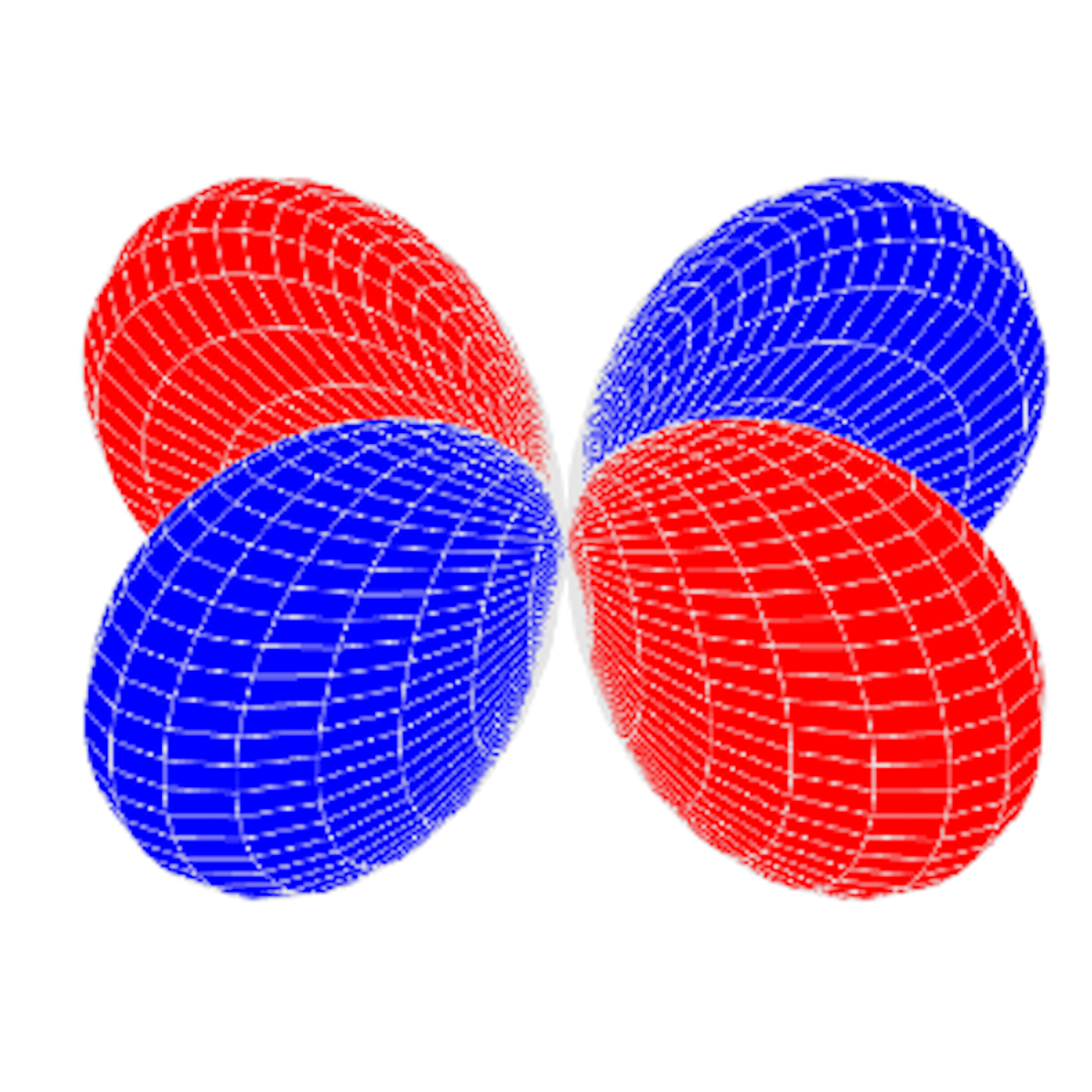
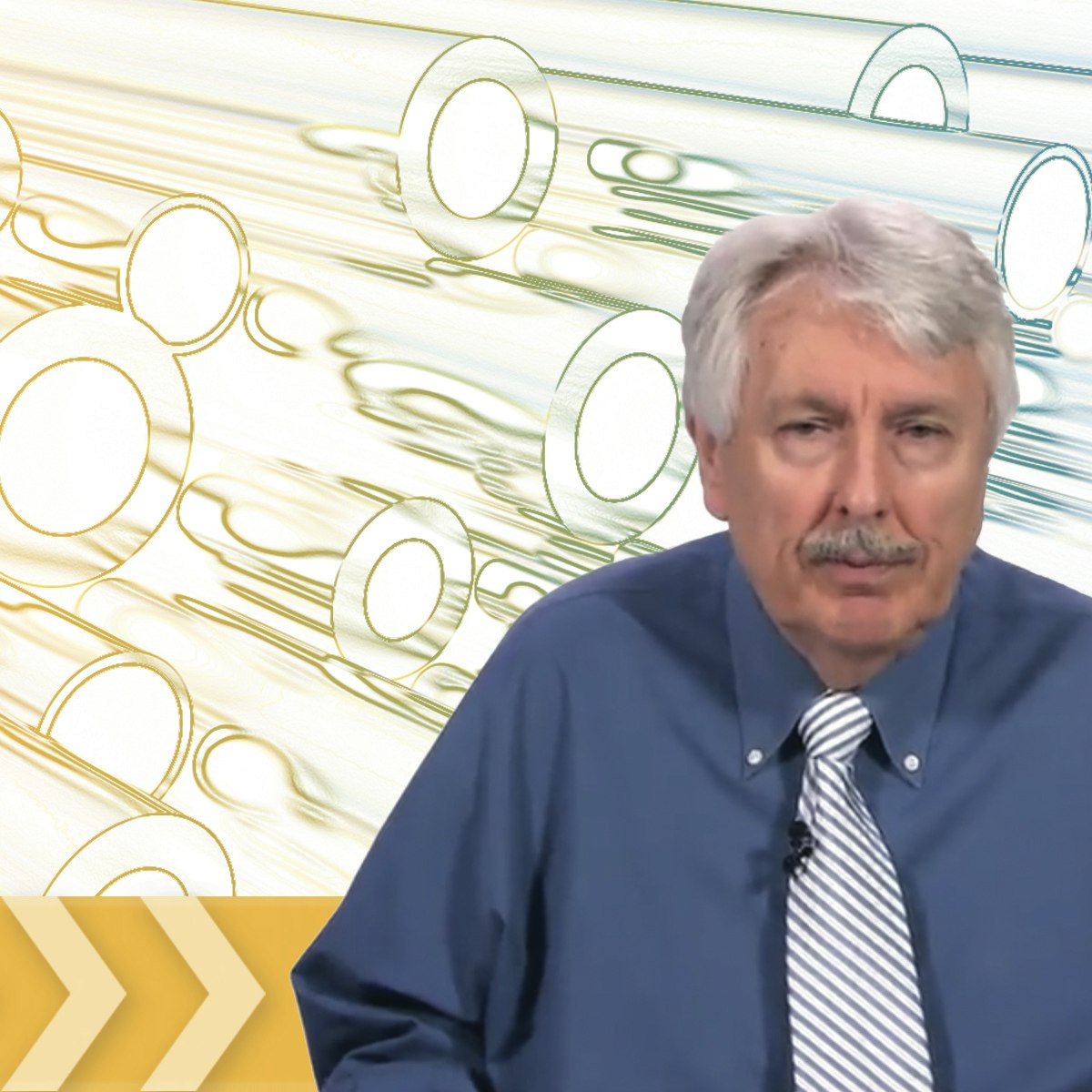
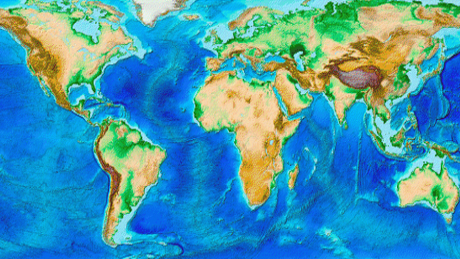


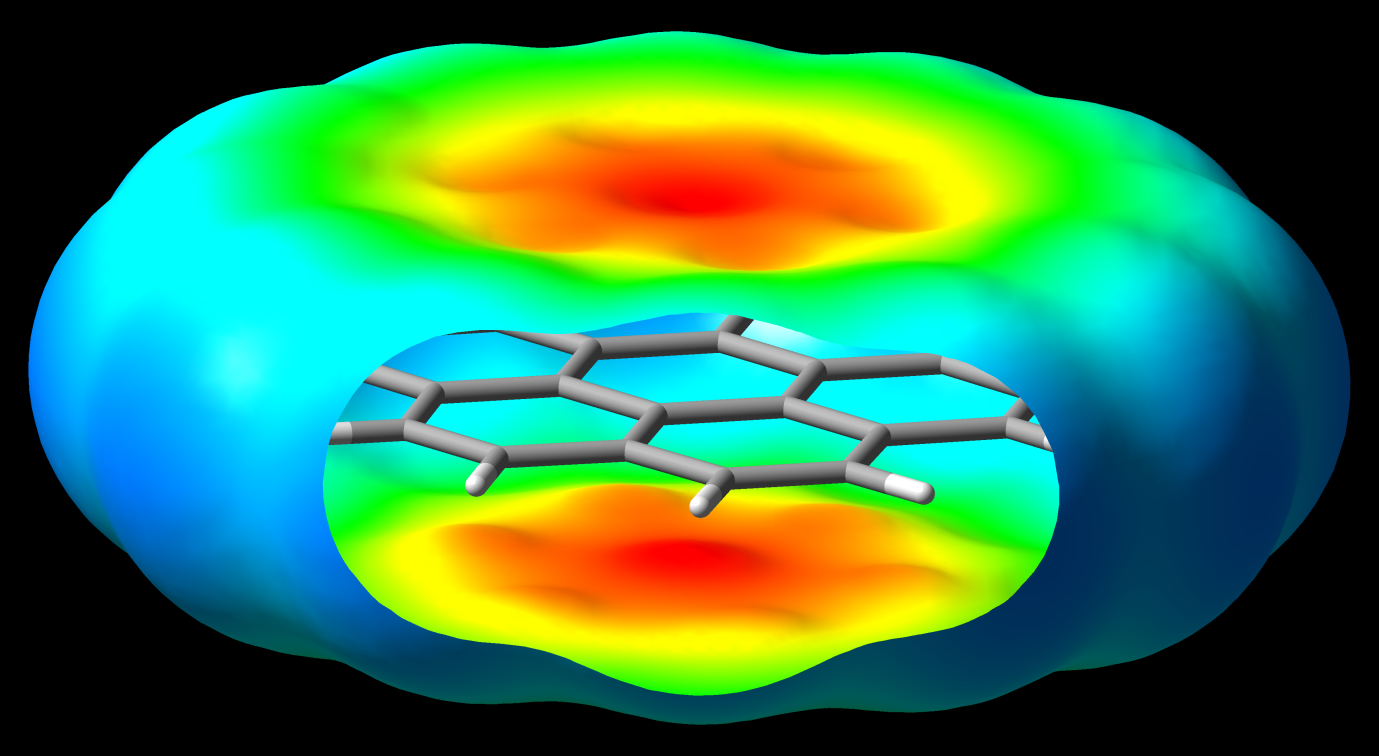

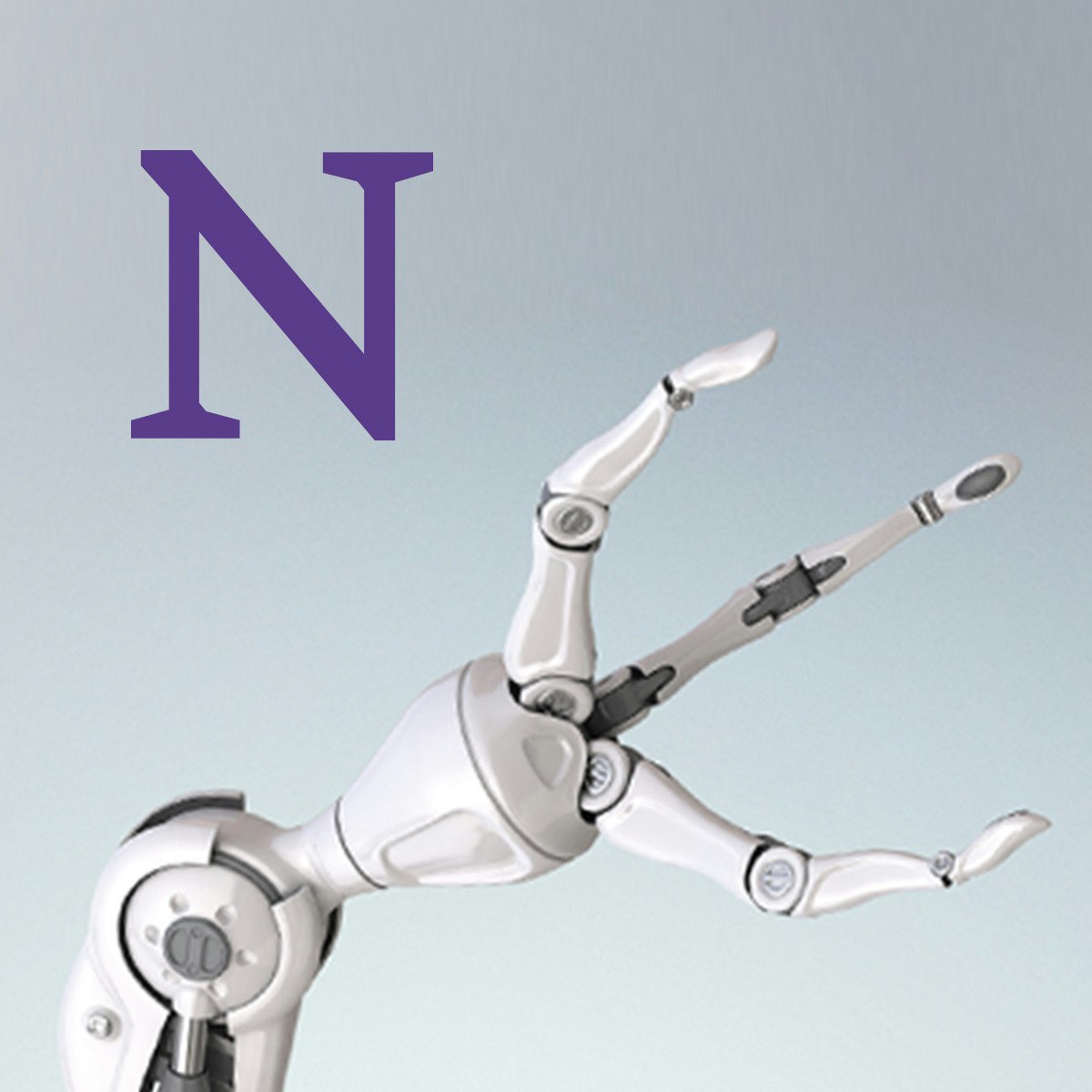
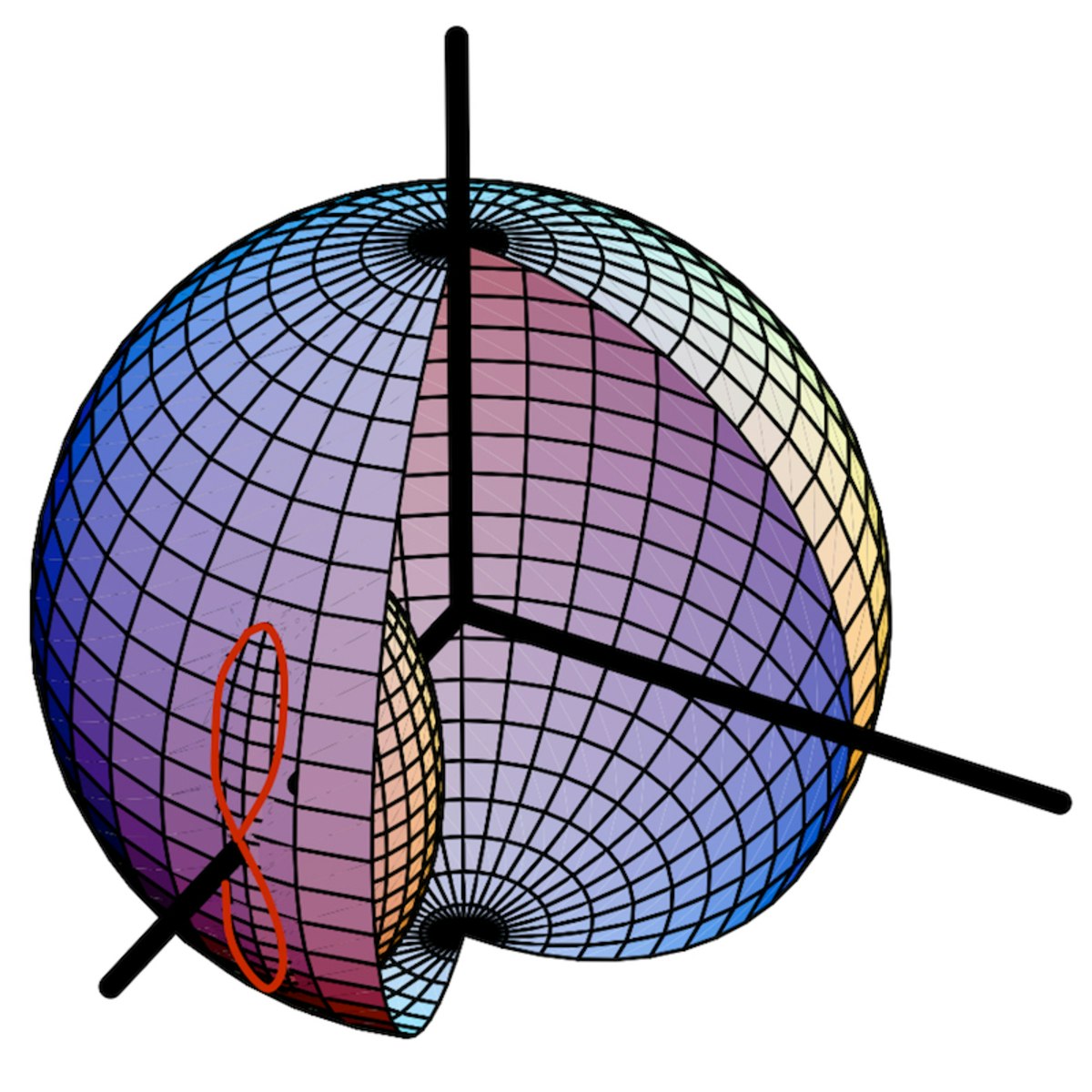
Physical Science And Engineering Courses - Page 14
Showing results 131-140 of 522

Communication as a Technical Leader
An engineering leader spends a majority of their day interacting with others. Indeed, studies repeatedly point to the impact communication skills have on the ability of managerial leaders to succeed or fail. Too often, individuals move into managerial leadership roles without an awareness of the need to improve in this area. This course focuses on interpersonal skills such as listening, counseling, non-verbals, mentoring, coaching, building trust, and providing feedback.
This course can be taken for academic credit as part of CU Boulder’s Master of Engineering in Engineering Management (ME-EM) degree offered on the Coursera platform. The ME-EM is designed to help engineers, scientists, and technical professionals move into leadership and management roles in the engineering and technical sectors. With performance-based admissions and no application process, the ME-EM is ideal for individuals with a broad range of undergraduate education and/or professional experience. Learn more about the ME-EM program at https://www.coursera.org/degrees/me-engineering-management-boulder.
Theory of Angular Momentum
This course can also be taken for academic credit as ECEA 5611, part of CU Boulder’s Master of Science in Electrical Engineering degree.
This course introduces the quantum mechanical concept of angular momentum operator and its relationship with rotation operator. It then presents the angular momentum operators, their eigenvalues and eigenfunctions. Finally, it covers the theory of angular momentum addition.
At the end of this course learners will be able to:
1. describe and analyze angular momentum states using quantum mechanically defined angular momentum operators,
2. solve angular momentum eigenvalue equations and
3. add angular momenta quantum mechanically.
Material Processing
Have you ever wondered why ceramics are hard and brittle while metals tend to be ductile? Why some materials conduct heat or electricity while others are insulators? Why adding just a small amount of carbon to iron results in an alloy that is so much stronger than the base metal? In this course, you will learn how a material’s properties are determined by the microstructure of the material, which is in turn determined by composition and the processing that the material has undergone.
This is the second of three Coursera courses that mirror the Introduction to Materials Science class that is taken by most engineering undergrads at Georgia Tech. The aim of the course is to help students better understand the engineering materials that are used in the world around them. This first section covers the fundamentals of materials science including atomic structure and bonding, crystal structure, atomic and microscopic defects, and noncrystalline materials such as glasses, rubbers, and polymers.
Planet Earth...and You!
Earthquakes, volcanoes, mountain building, ice ages, landslides, floods, life evolution, plate motions—all of these phenomena have interacted over the vast expanses of deep time to sculpt the dynamic planet that we live on today. Planet Earth presents an overview of several aspects of our home, from a geological perspective. We begin with earthquakes—what they are, what causes them, what effects they have, and what we can do about them. We will emphasize that plate tectonics—the grand unifying theory of geology—explains how the map of our planet's surface has changed radically over geologic time, and why present-day geologic activity—including a variety of devastating natural disasters such as earthquakes—occur where they do. We consider volcanoes, types of eruptions, and typical rocks found there. Finally, we will delve into the processes that produce the energy and mineral resources that modern society depends on, to help understand the context of the environment and sustainability challenges that we will face in the future.

Real-Time Embedded Systems Concepts and Practices
This course can also be taken for academic credit as ECEA 5315, part of CU Boulder’s Master of Science in Electrical Engineering degree.
Course Description: In this course, students will design and build a microprocessor-based embedded system application using a real-time operating system or RT POSIX extensions with Embedded Linux. The course focus is on the process as well as fundamentals of integrating microprocessor-based embedded system elements for digital command and control of typical embedded hardware systems.
Lab Description: The course requires the student to install embedded Linux on the Raspberry Pi ARM A-Series System-on-Chip processor. This course must be completed using a Raspberry Pi as an embedded system (headless) not a PC running Linux. You will however find Linux as a useful host development system or Windows with an SSH terminal access tool such as Putty, MobaXterm, or equivalent.

Fundamentals of Global Energy Business
Learn about diverse and integrated markets for primary energy, and the essential considerations driving business leaders and policy makers in development of global energy resources.

Introduction to Physical Chemistry
Chemical reactions underpin the production of pretty much everything in our modern world. But, what is the driving force behind reactions? Why do some reactions occur over geological time scales whilst others are so fast that we need femtosecond-pulsed lasers to study them? Ultimately, what is going on at the atomic level? Discover the answers to such fundamental questions and more on this course in introductory physical chemistry.
The course covers the key concepts of three of the principal topics in first-year undergraduate physical chemistry: thermodynamics, kinetics and quantum mechanics. These three topics cover whether or not reactions occur, how fast they go and what is actually going on at the sub-atomic scale.

Environmental Health: the Foundation of Global Public Health
The first course of the Impacts of the Environment on Global Public Health specialization will provide you with a foundation in environmental health sciences (EHS). We will explore four main topics. The first is an introduction to EHS and the exposure-disease model – a very useful framework for understanding the influence of the environment on human health. The second topic is key concepts in EHS and environmental health policies that can be used to address and reduce the impacts of environmental health hazards. The third topic is the application of systems thinking to understand and analyze environmental health issues. The fourth and final topic is occupational health, which is a key environment that represents a major source of morbidity and mortality from a public health perspective.

Modern Robotics, Course 5: Robot Manipulation and Wheeled Mobile Robots
Do you want to know how robots work? Are you interested in robotics as a career? Are you willing to invest the effort to learn fundamental mathematical modeling techniques that are used in all subfields of robotics?
If so, then the "Modern Robotics: Mechanics, Planning, and Control" specialization may be for you. This specialization, consisting of six short courses, is serious preparation for serious students who hope to work in the field of robotics or to undertake advanced study. It is not a sampler.
In Course 5 of the specialization, Robot Motion Planning and Wheeled Mobile Robots, we delve into advanced topics in robotics. Chapter 12, Grasping and Manipulation, of the "Modern Robotics" textbook covers the modeling of kinematics and forces between rigid bodies in contact, and applies the modeling to analysis and planning of robot grasping and other manipulation tasks. Chapter 13, Wheeled Mobile Robots, covers modeling, motion planning, and feedback control of omnidirectional and nonholonomic wheeled mobile robots, and concludes by addressing control of mobile manipulators consisting of a wheeled mobile base and a robot arm.
This course follows the textbook "Modern Robotics: Mechanics, Planning, and Control" (Lynch and Park, Cambridge University Press 2017). You can purchase the book or use the free preprint pdf. You will build on a library of robotics software in the language of your choice (among Python, Mathematica, and MATLAB) and use the free cross-platform robot simulator V-REP, which allows you to work with state-of-the-art robots in the comfort of your own home and with zero financial investment.

Kinematics: Describing the Motions of Spacecraft
The movement of bodies in space (like spacecraft, satellites, and space stations) must be predicted and controlled with precision in order to ensure safety and efficacy. Kinematics is a field that develops descriptions and predictions of the motion of these bodies in 3D space. This course in Kinematics covers four major topic areas: an introduction to particle kinematics, a deep dive into rigid body kinematics in two parts (starting with classic descriptions of motion using the directional cosine matrix and Euler angles, and concluding with a review of modern descriptors like quaternions and Classical and Modified Rodrigues parameters). The course ends with a look at static attitude determination, using modern algorithms to predict and execute relative orientations of bodies in space.
After this course, you will be able to...
* Differentiate a vector as seen by another rotating frame and derive frame dependent velocity and acceleration vectors
* Apply the Transport Theorem to solve kinematic particle problems and translate between various sets of attitude descriptions
* Add and subtract relative attitude descriptions and integrate those descriptions numerically to predict orientations over time
* Derive the fundamental attitude coordinate properties of rigid bodies and determine attitude from a series of heading measurements
Popular Internships and Jobs by Categories
Find Jobs & Internships
Browse
© 2024 BoostGrad | All rights reserved